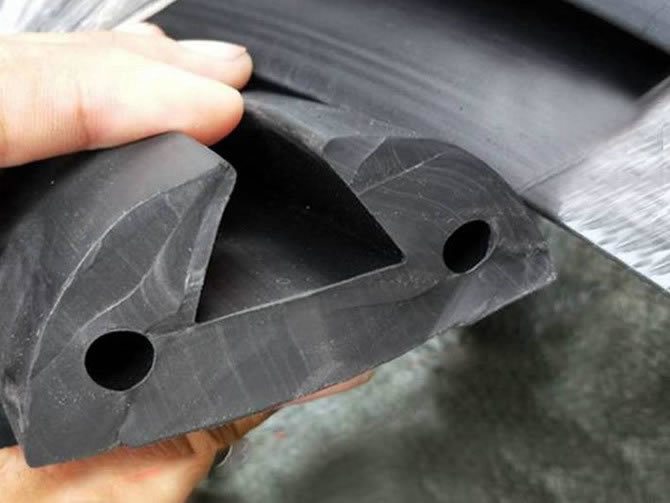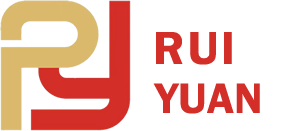Which material is better for selecting door and window sealing strips?
Release time:
2024-02-28
At present, the common door and window sealing strips on the market are mainly used for building decorative doors and windows such as plastic steel doors and windows
At present, the common door and window sealing strips on the market are mainly used for building decorative doors and windows such as plastic steel doors and windows, aluminum alloy doors and windows, and wooden doors and windows. There are three common materials, namely EPDM, silicone rubber, and PVC.
In the door and window industry, there has always been a controversy over which material of sealing strip is better? Because the investment in door and window sealing strips accounts for a small proportion, but their role cannot be ignored. The sealing strip should not only be waterproof, dustproof, and windproof, but also energy-efficient, warm, and soundproof.
The question of whether it is good or not, and who is better, is actually a matter of personal opinion. Each of these three raw materials has its own advantages. However, it is also important to consider factors such as the manufacturer, raw material content, and production technology of door and window sealing strips, as well as the performance requirements of application scenarios.
Which is better or worse among three different materials of sealing strips?
Ethylene propylene diene monomer (EPDM) is a copolymer of ethylene, propylene, and a small amount of third monomer unconjugated dienes, internationally known as EthyienePropyeneDienMethylene.
Ethylene propylene diene monomer (EPDM) is a type of hard rubber with excellent properties inside the rubber. It is anti-aging, anti-corrosion and ozone resistant. It will not shrink at low temperatures, is relatively stable, and can be used for more than ten years without changing its quality.
The EPDM sealing strip is formed in one go using microwave vulcanization technology, with a smooth and beautiful surface, good elasticity and resistance to compression deformation, weather aging, and good stability. It is not easy to deform in high temperature environments and not easy to shrink in low temperature environments. It can be said that it is not only heat-resistant but also cold resistant. It can be used in environments ranging from -50 to+135 ℃.
Keywords:










